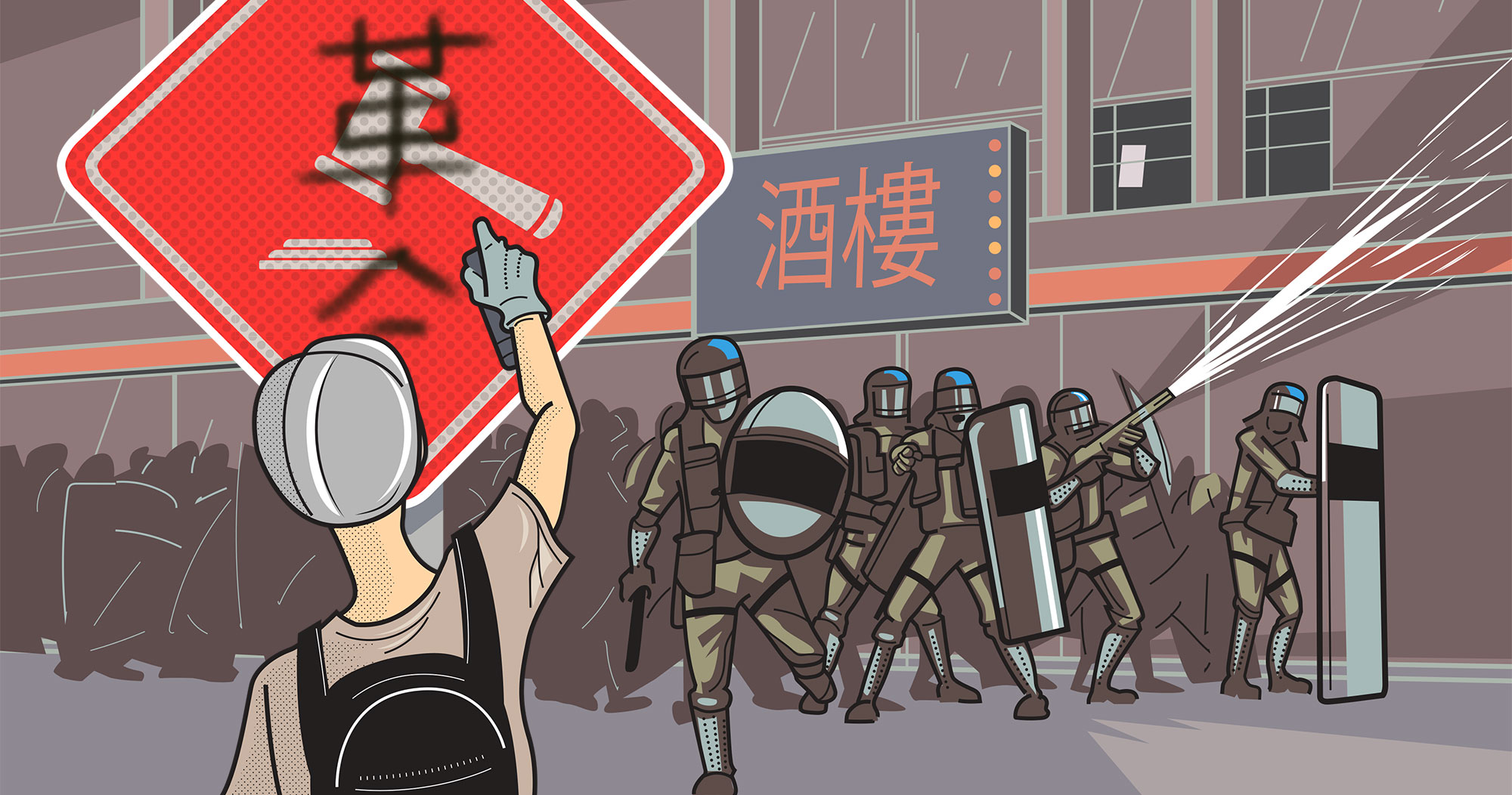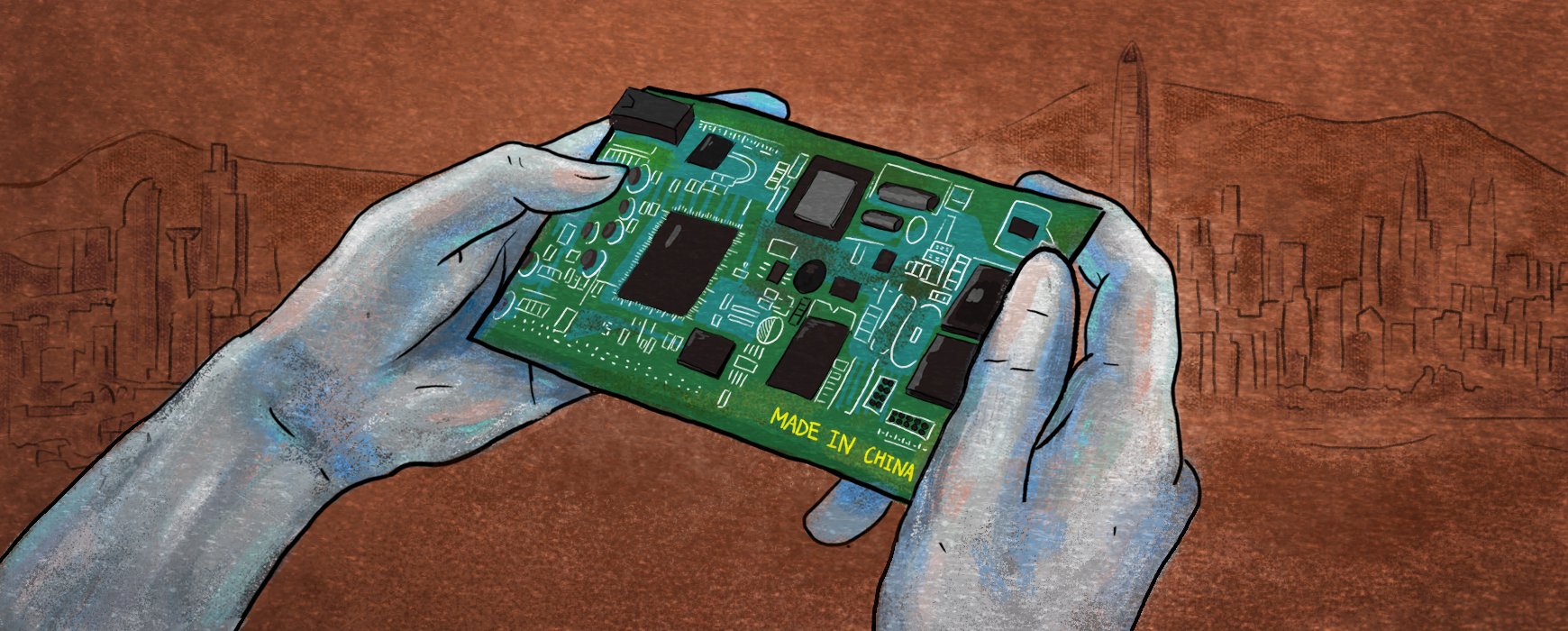
Topic

Using charts, maps, illustrations, data visualizations, interactives, and animation, South China Morning Post’s graphics convey complex political stories with intuitive insight
- Karim Masimov has been detained as Russian troops helped end the biggest protests in decades in central Asia’s largest oil producer
- China’s President Xi Jinping has praised Kazakhstan’s president Tokayev for taking ‘strong measures’
Hong Kong police have made 8,981 protest-related arrests. The oldest is aged 84, the youngest 11.
It started with a mass protest on June 9, 2019 to demand the withdrawal of the government’s extradition bill which would have allowed the transfer of fugitives to mainland China, Macau and Taiwan. The bill was eventually withdrawn, but the protests have not died down.
China’s five-year plans provide the blueprint for the economy
Behind the eye-catching numbers is a stark reminder: coronavirus does not discriminate. Here we look at some of the world’s leading businessmen, royals and politicians – some of whom dismissed the virus as a hoax – to have been infected by Covid-19
The Hong Kong protests have roiled the city since June. Explore the history behind what happened this collection of timelines, graphics and visual stories
The streets of Hong Kong have been racked by violence and destruction since the anti-government movement sprung into life in June.
Both the government and opposition are claiming the district council elections show public support for their policies.
China’s rise has been impressive by many standards. There is no clearer indication of the country's progress than its share of the world economy. Measured in purchasing power parity, China’s share of global GDP fell from an estimated 32 per cent in 1820 - when Qing dynasty emperor Daoguang began his reign - to a mere 5 per cent at the end of the Cultural Revolution in 1976. And yet, by last year, China’s share had climbed to nearly 19 per cent.
Five years ago, at 5.57pm on September 28, police fired tear gas for the first time at hundreds of thousands of Hongkongers, triggering the 79-day Occupy movement. Fast forward to the present and Hong Kong is again in the throes of an anti-government protest, sparked by a now-shelved extradition bill, this time bigger and more defiant. Here is a look at the key differences between the two movements.
Hongkongers have taken to the streets to demonstrate against the extradition bill in huge numbers. The protesters and the government are in no mood to compromise and police have found themselves thrust into the front line
The anti-extradition bill protests have lasted longer than 2014’s Occupy movement. Here we compare today’s protesters, who continue to shock the world, to their predecessors.
How far apart are the two systems in how they apply the rule of law?
Unprecedented scenes of violence broke out at the Hong Kong International Airport after thousands of anti-government protesters occupying the airport terminal building brought flights to a halt for two days straight. This is how the events unfolded
Hong Kong has never experienced a fully democratic government but that has not stopped people trying to make themselves heard.
Tens of thousands of masked protesters equipped with umbrellas and goggles brought the roads leading to Hong Kong's legislature to a standstill on June 12. How did they do it?
The Hong Kong government argues the current Fugitive Offenders Ordinance needs updating in light of the ongoing Chan Tong-kai case. Due to a loophole in the law, Hong Kong is unable to extradite Chan, who is accused of killing his pregnant girlfriend in Taipei last year, to Taiwan
A week after armed forces cleared Tiananmen Square the Beijing Public Security Bureau distributed a circular of the pro-democracy movement’s 21 most wanted student leaders. Here’s what happened to them.
After 43 years in the European Union, the United Kingdom voted to leave on June 23, 2016. A hotly contested referendum uncovered a sharp regional divide across the nation. The vote was characterised by a high turnout and nail-biting margins of victory
Venezuelans are suffering chronic shortages in a country that is home to the world’s largest oil reserves and blessed with an enviable abundance of natural resources. Here’s how it affects people on a daily basis
We explore the magnitude of the measures on urban families forty years after the opening up of the Chinese economy.
The Chinese government announced the ‘Made in China 2025’ strategic plan in 2015. Aimed at closing the gap with Western hi-tech prowess and lessening China’s dependency on imported technology, it specified 10 areas where the country should take the lead






























